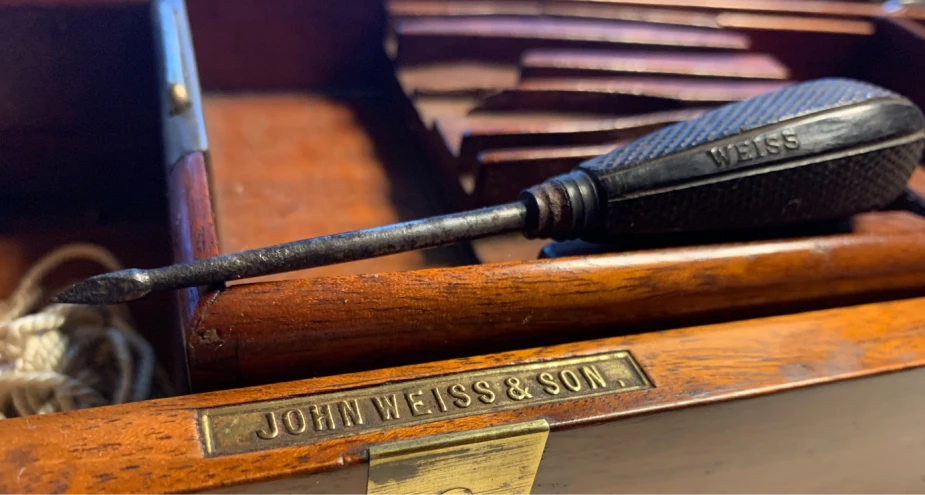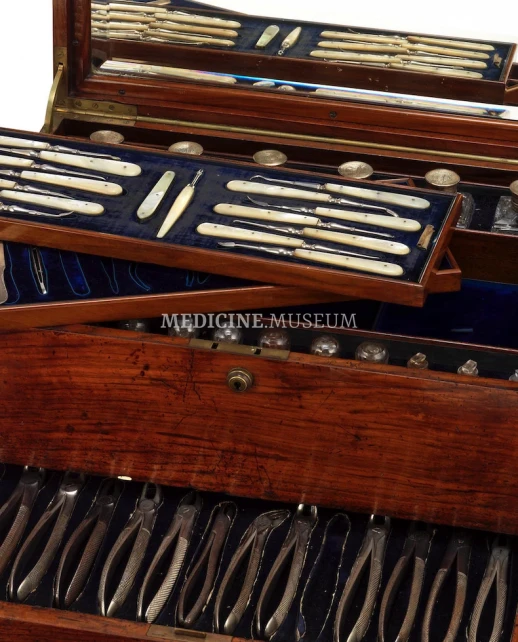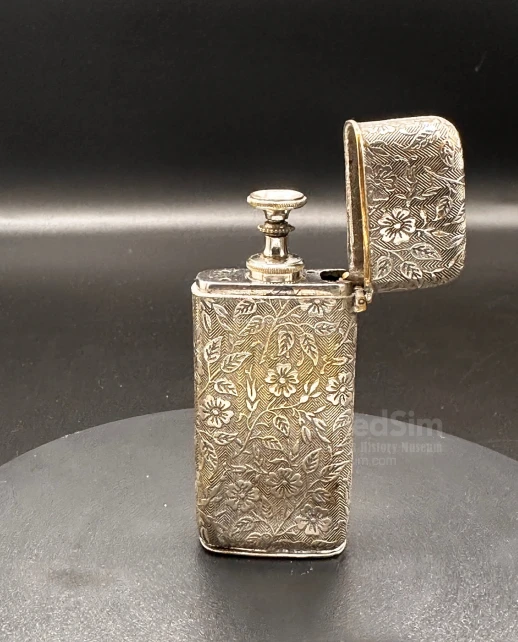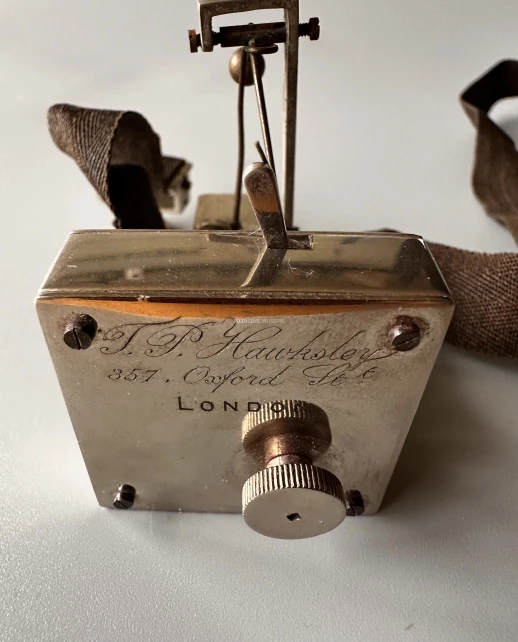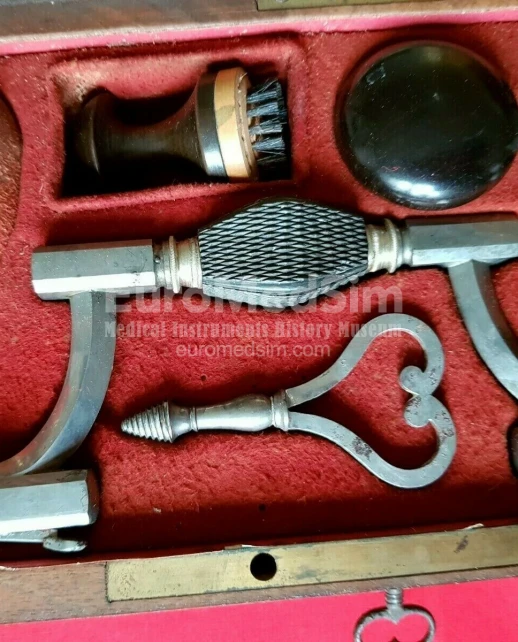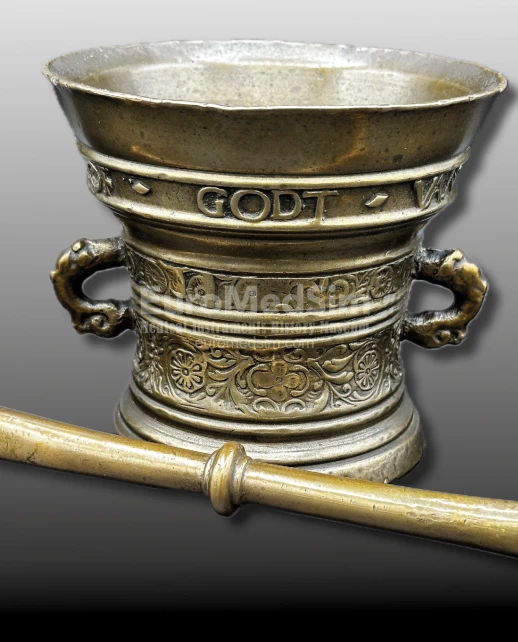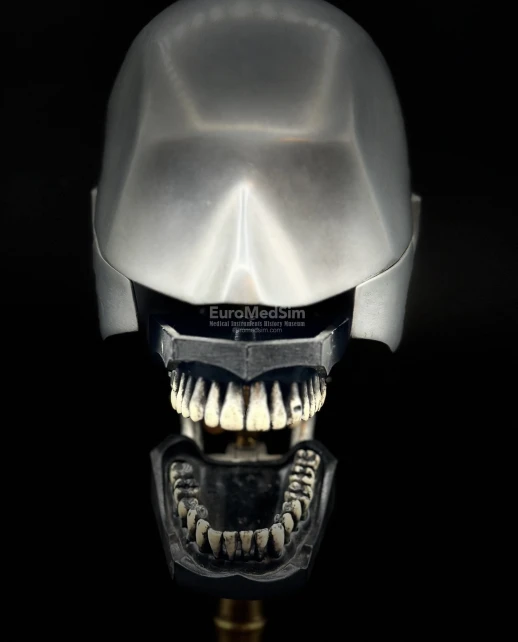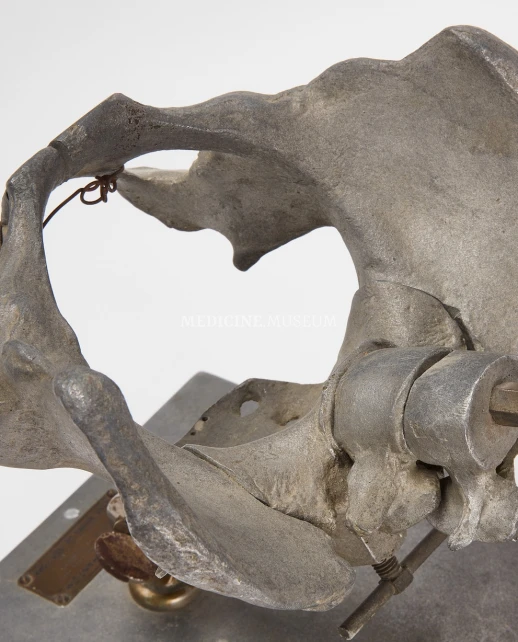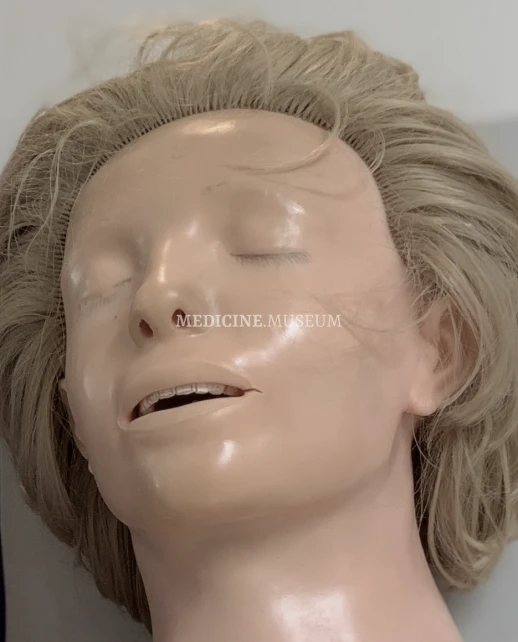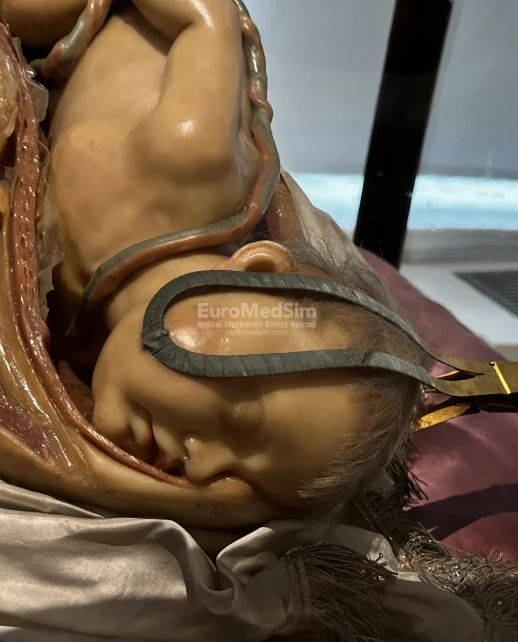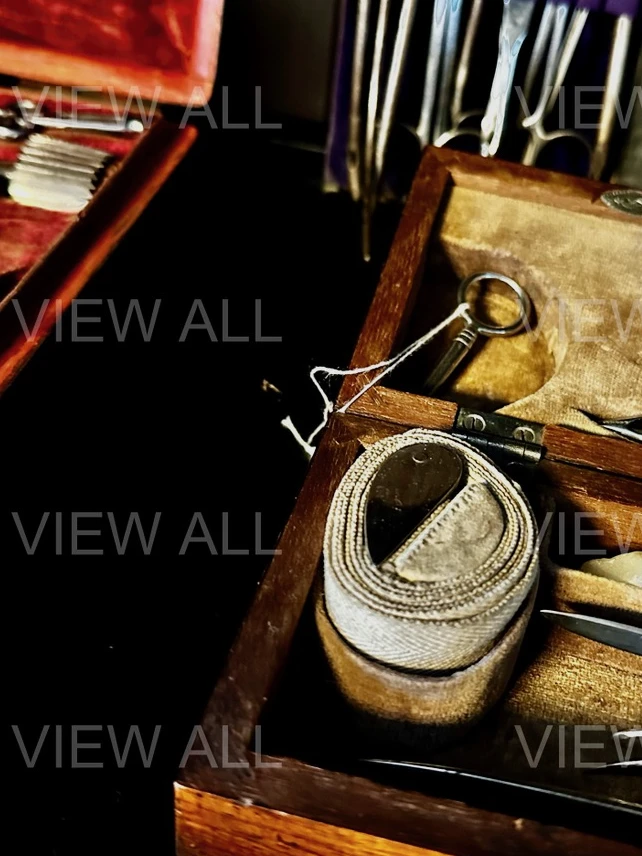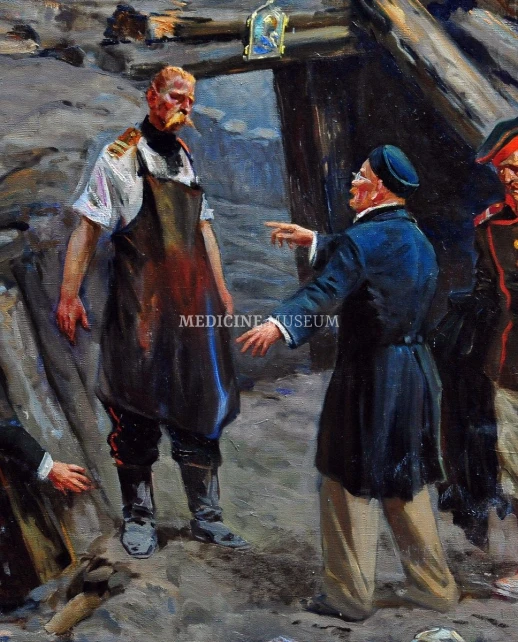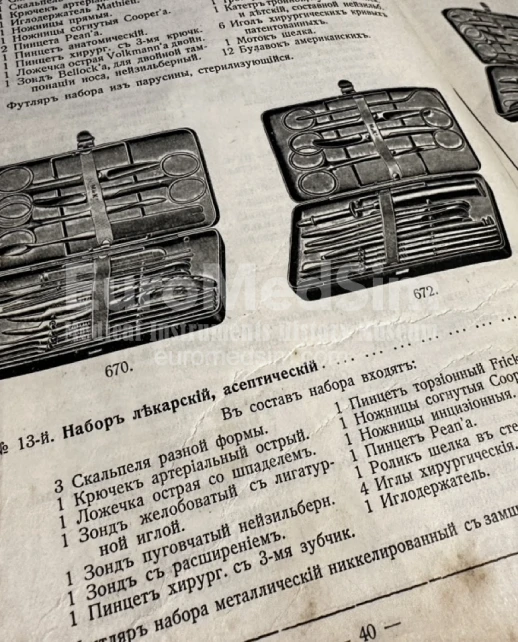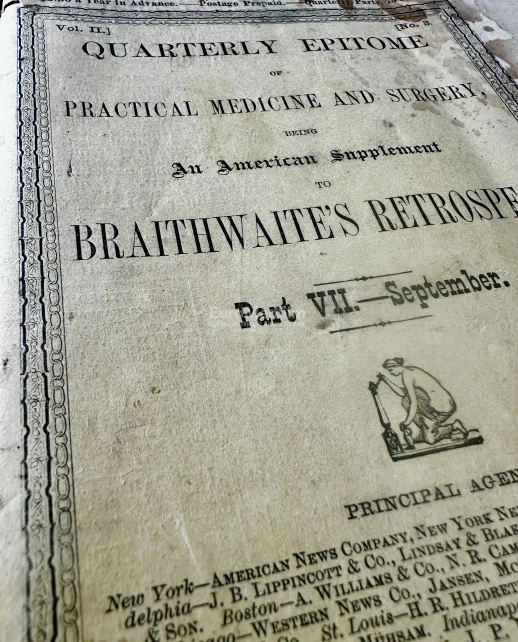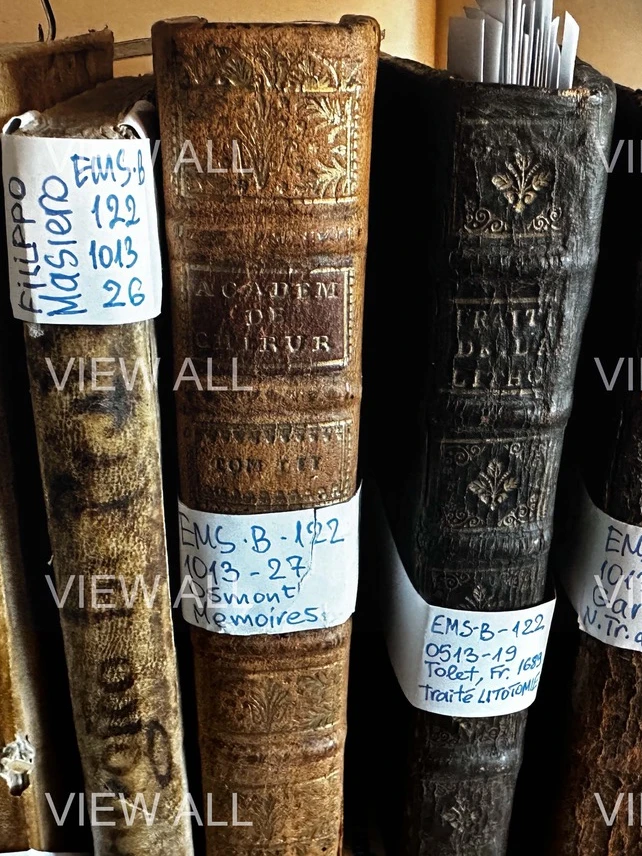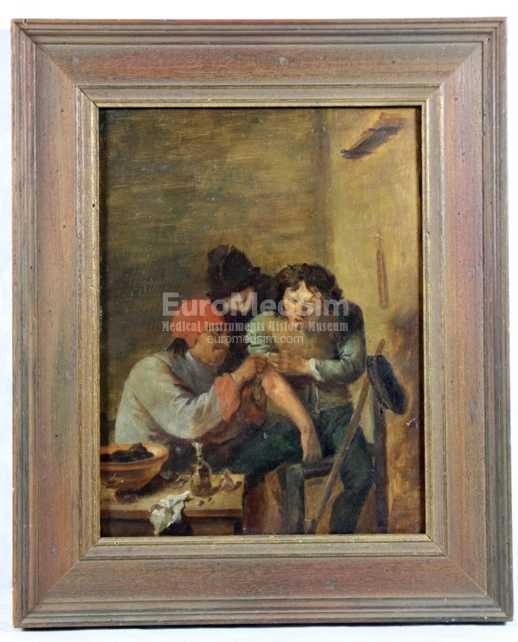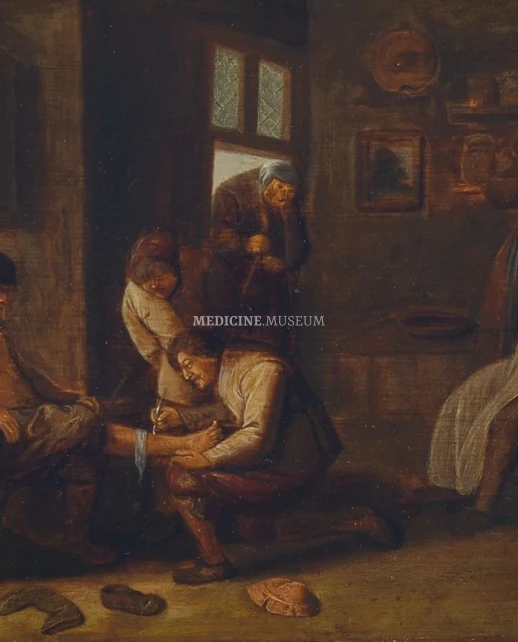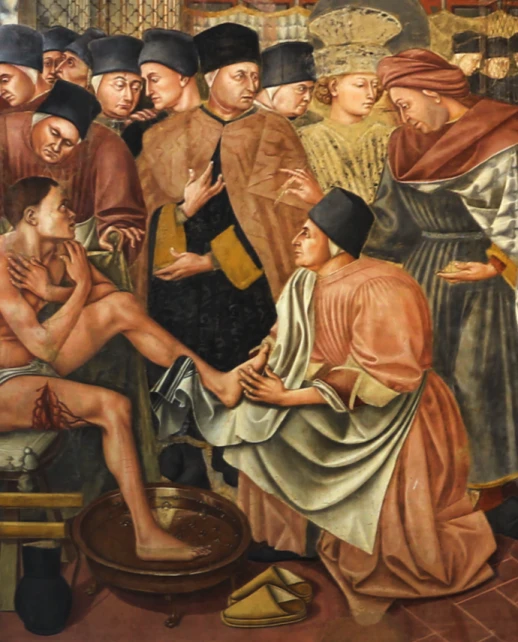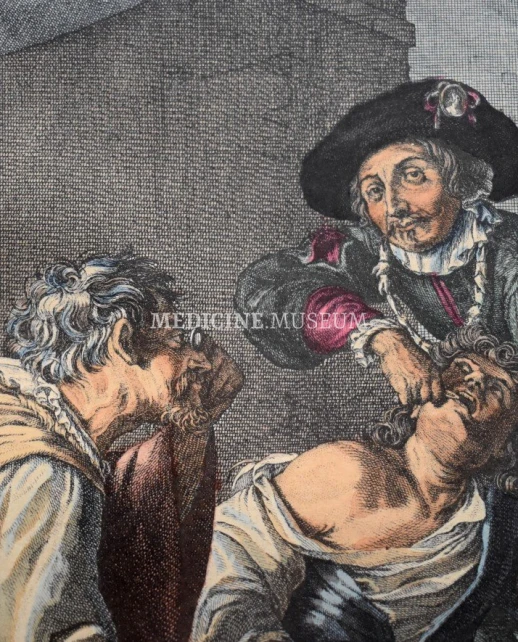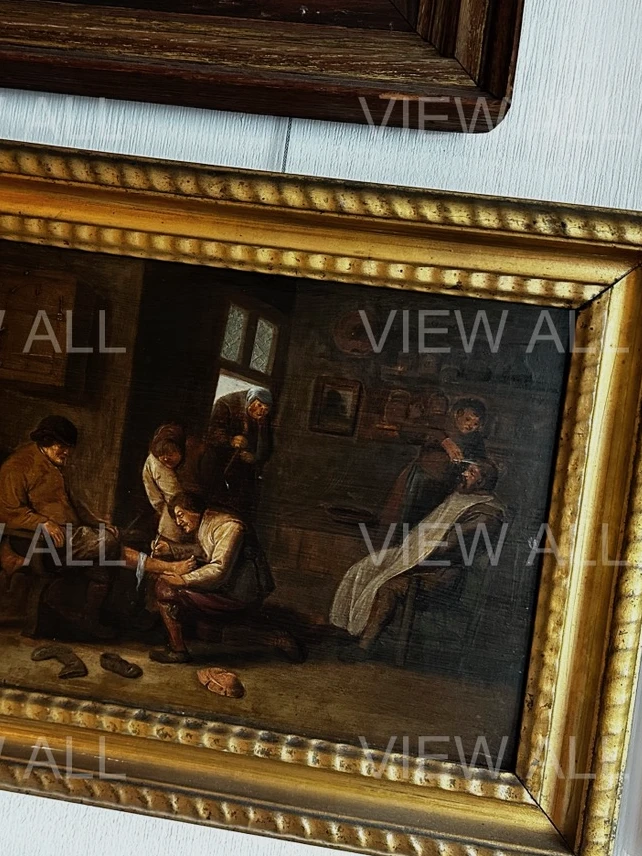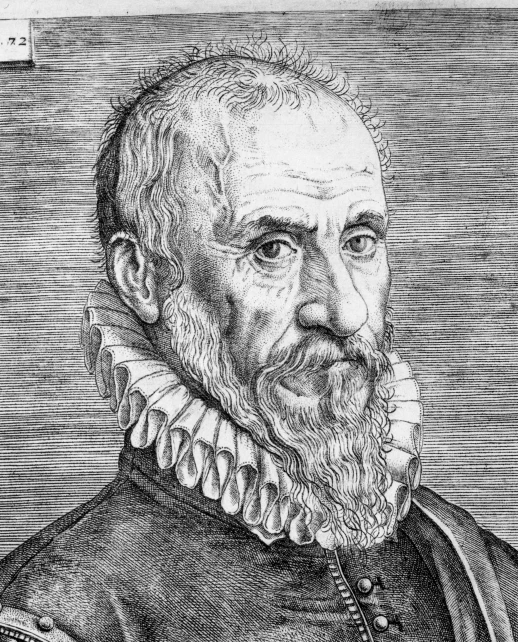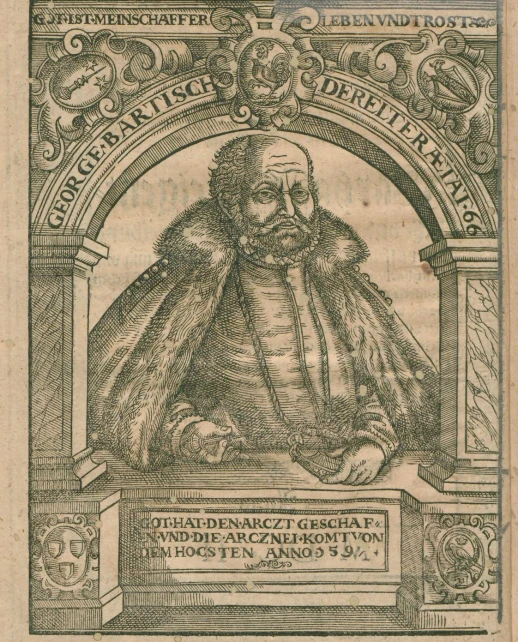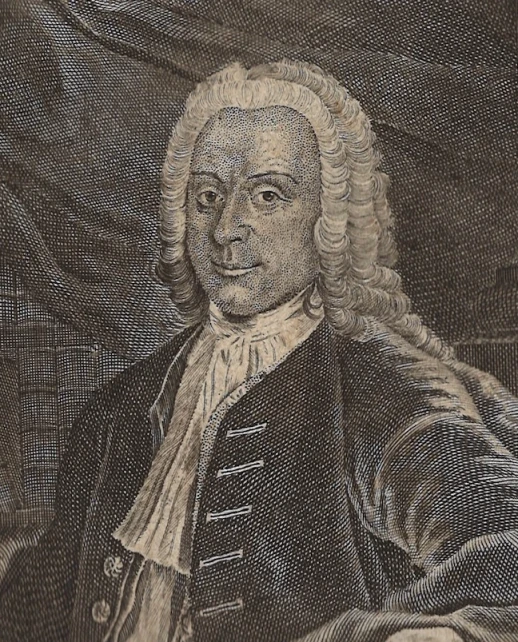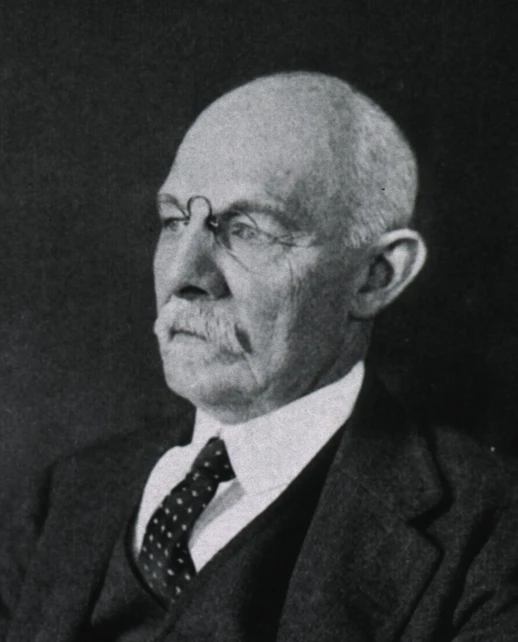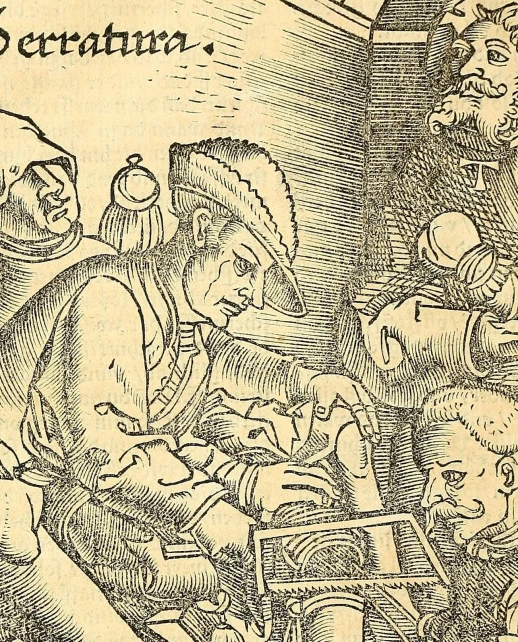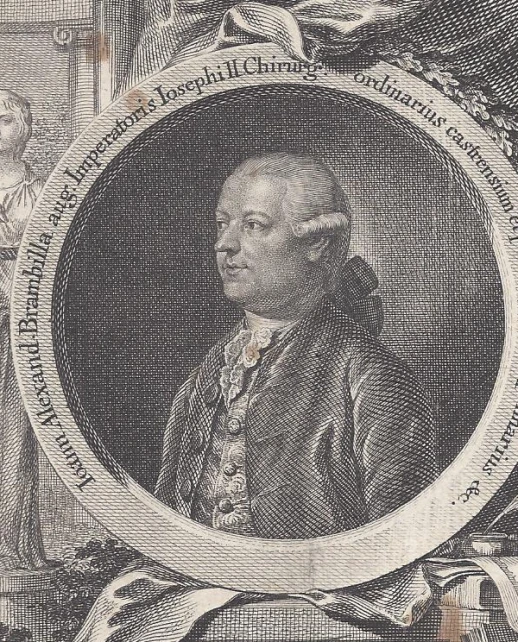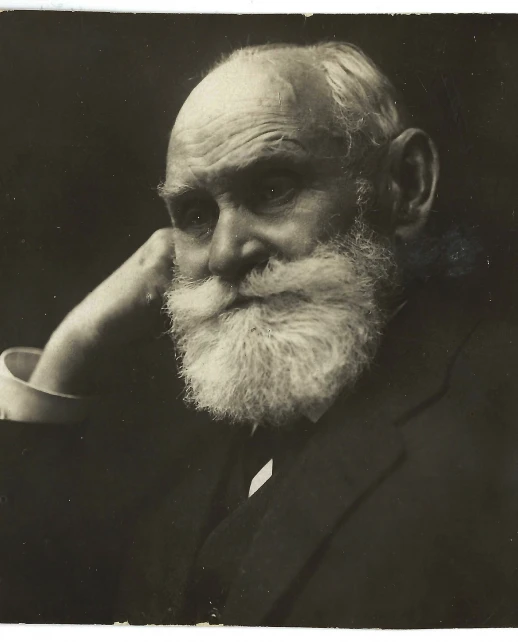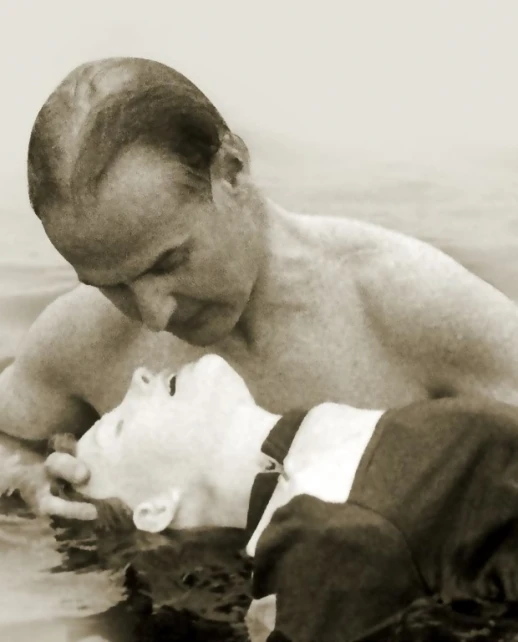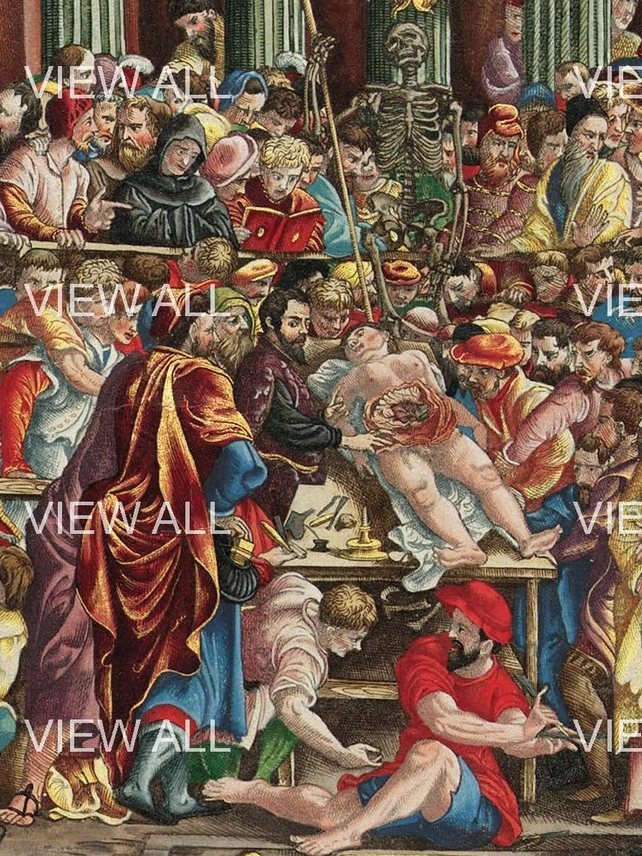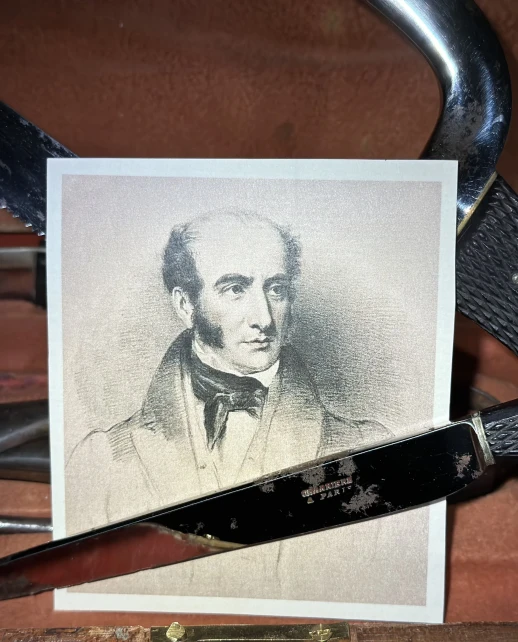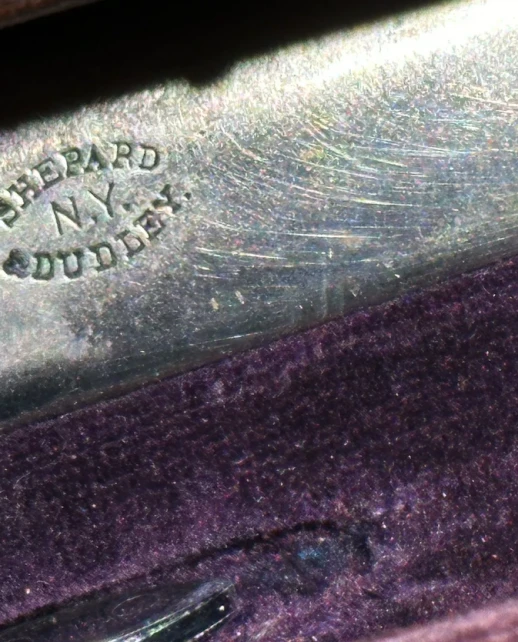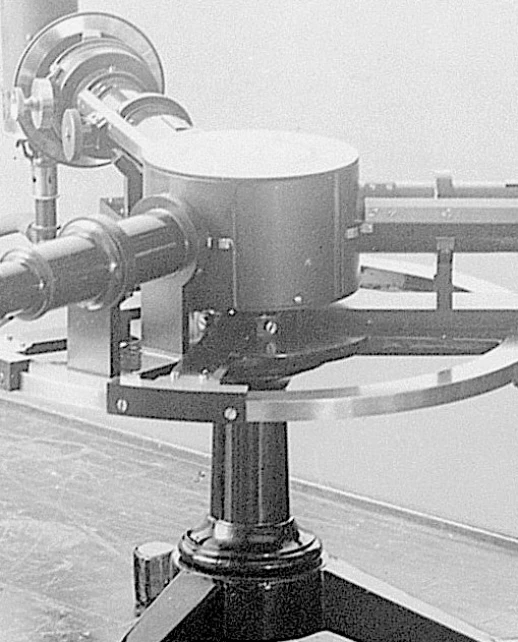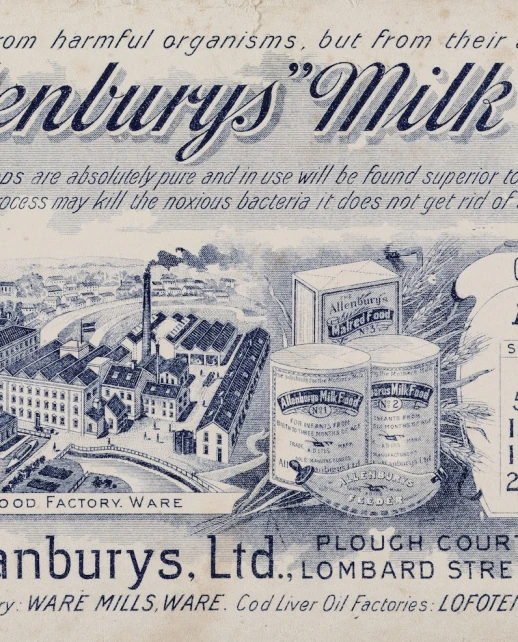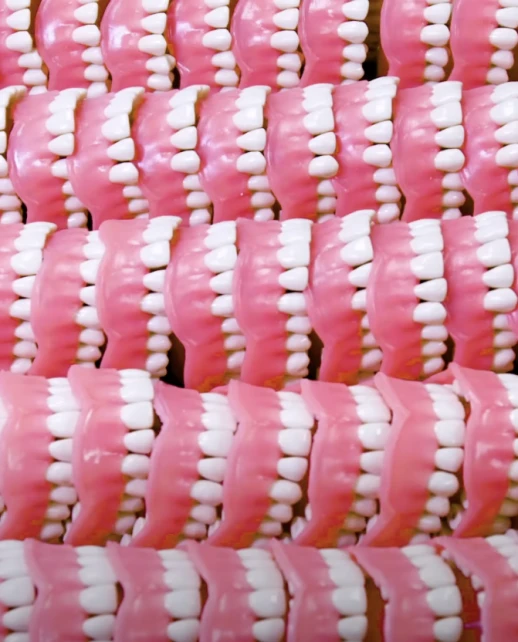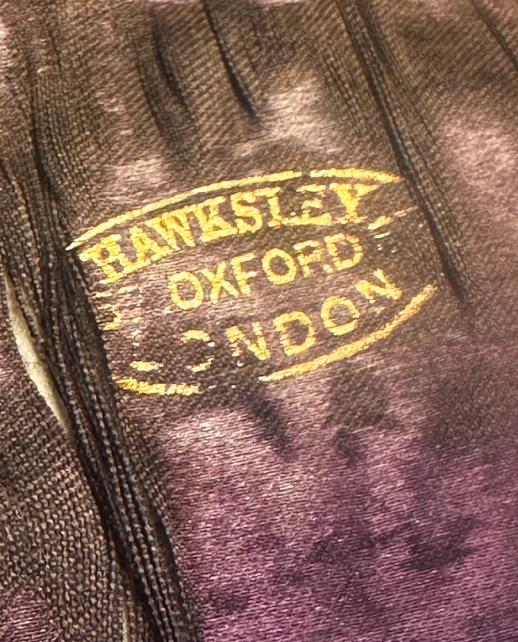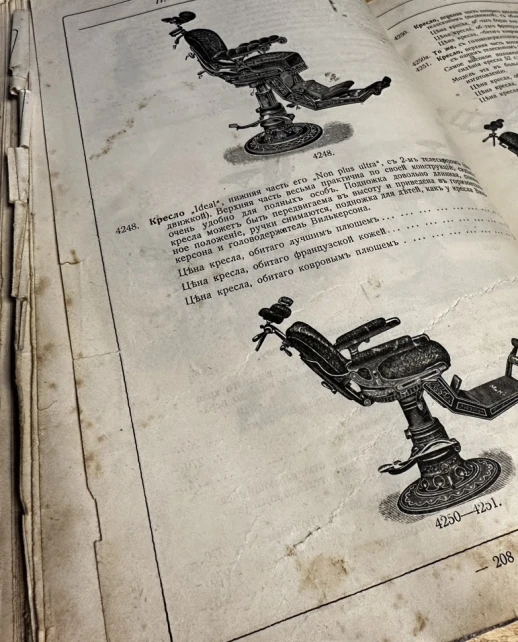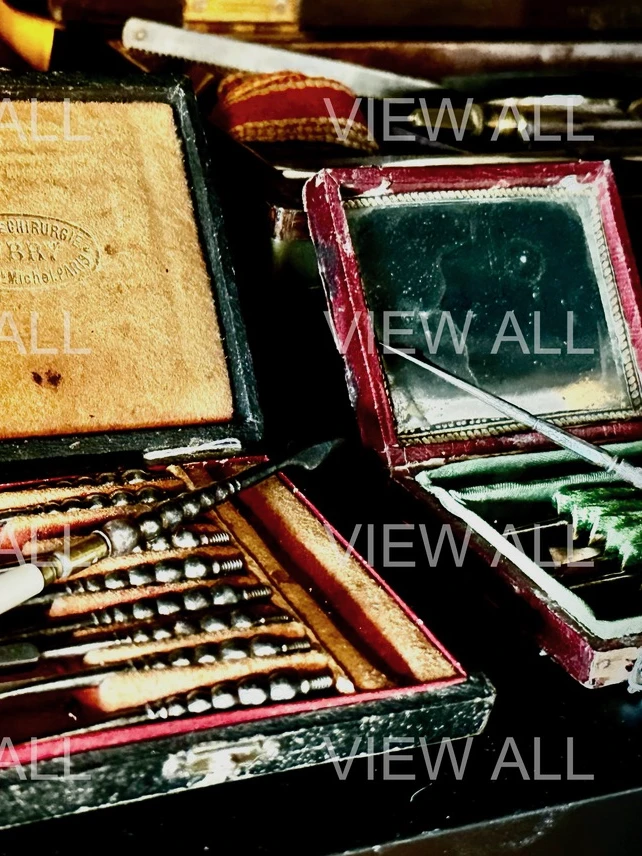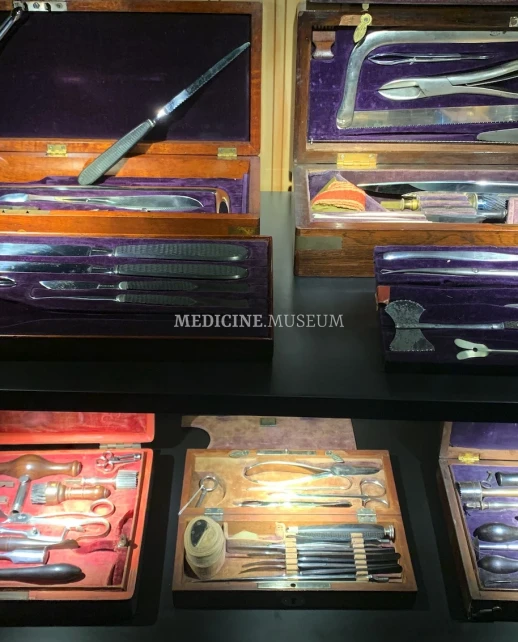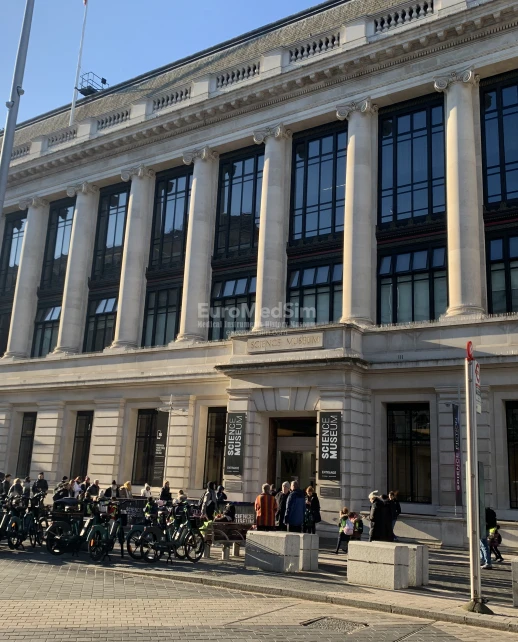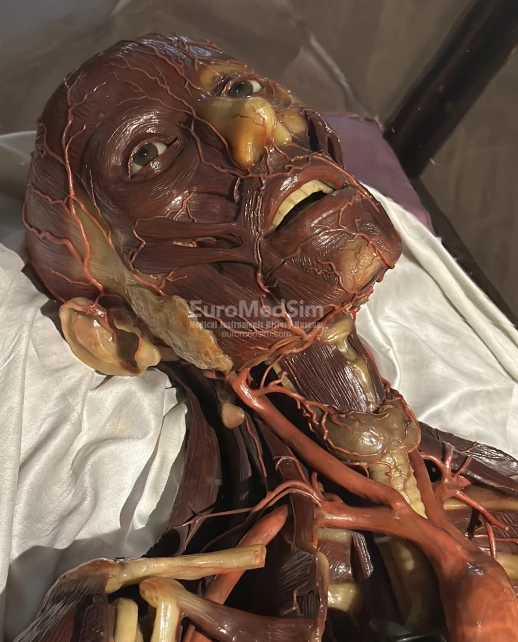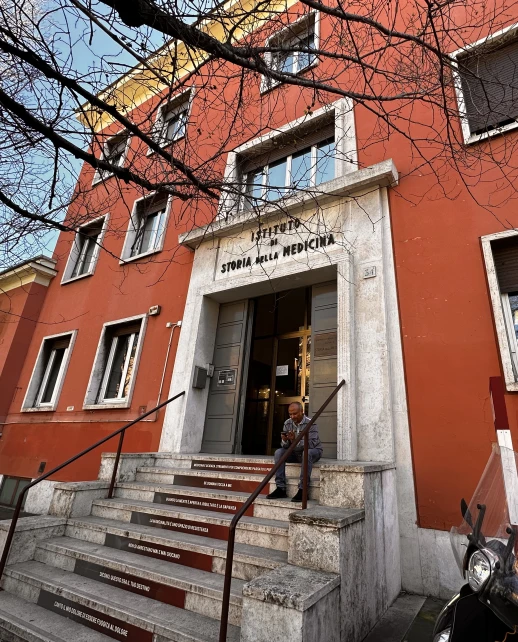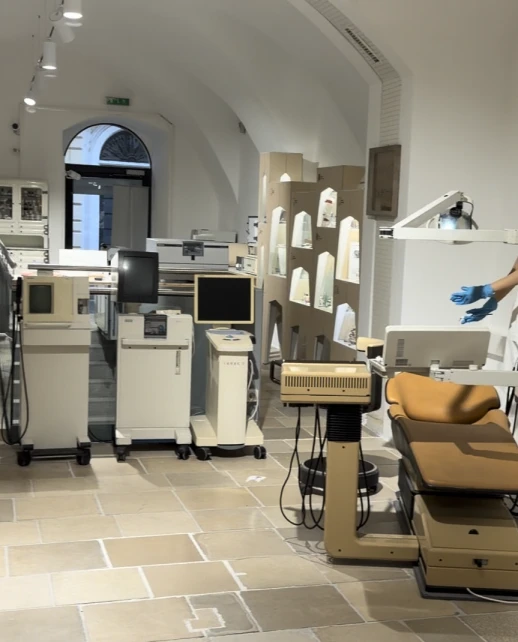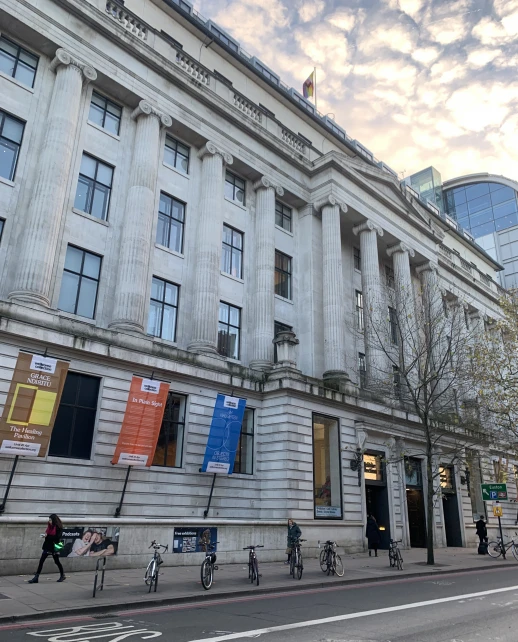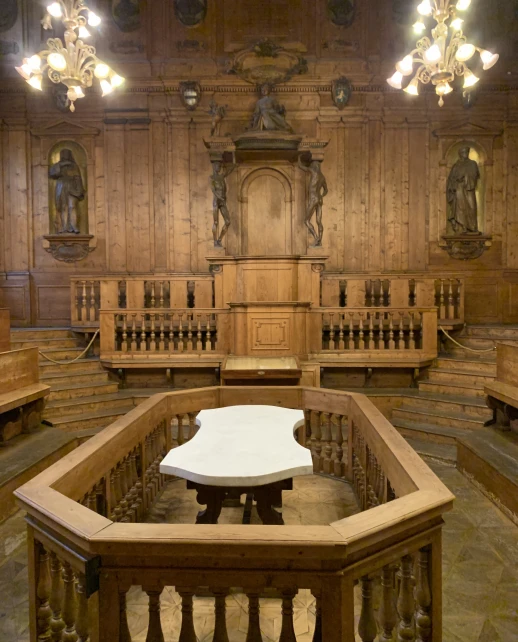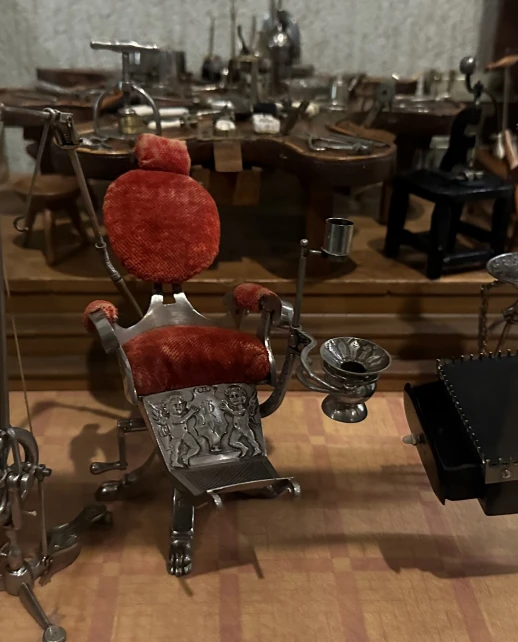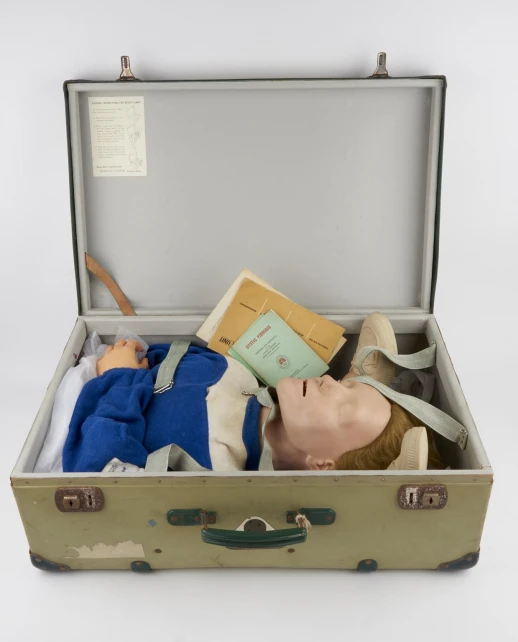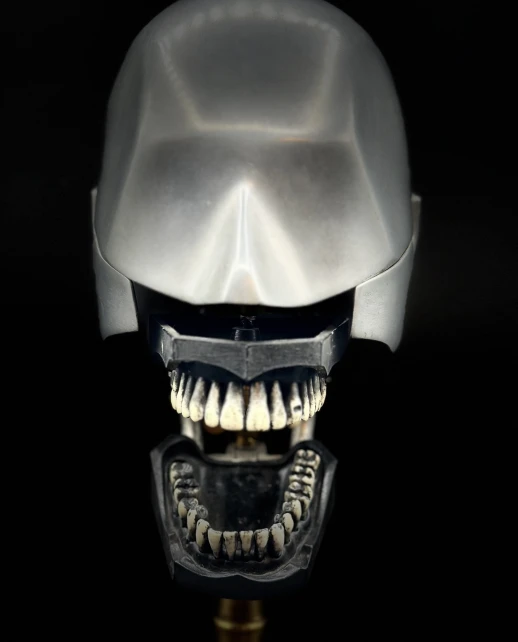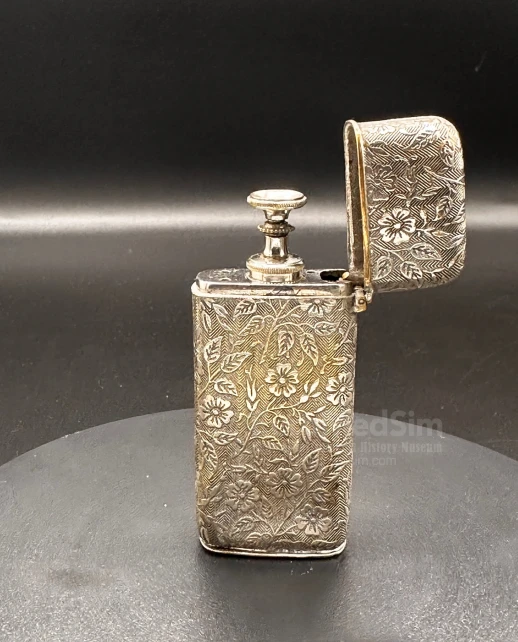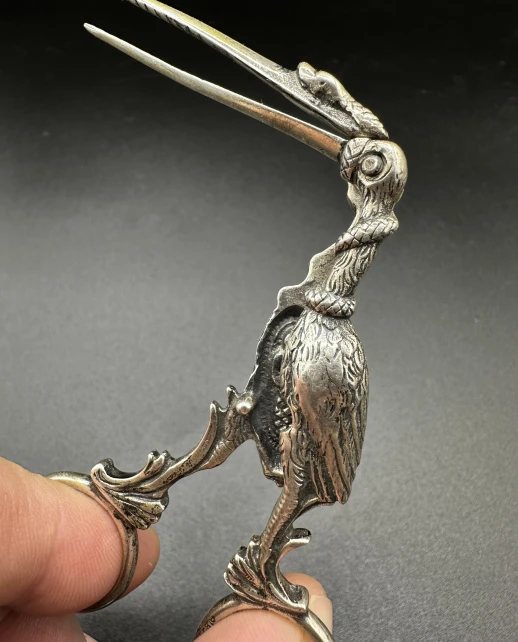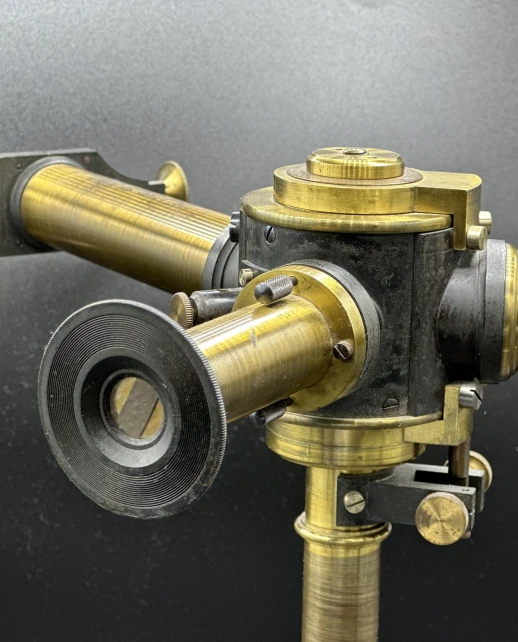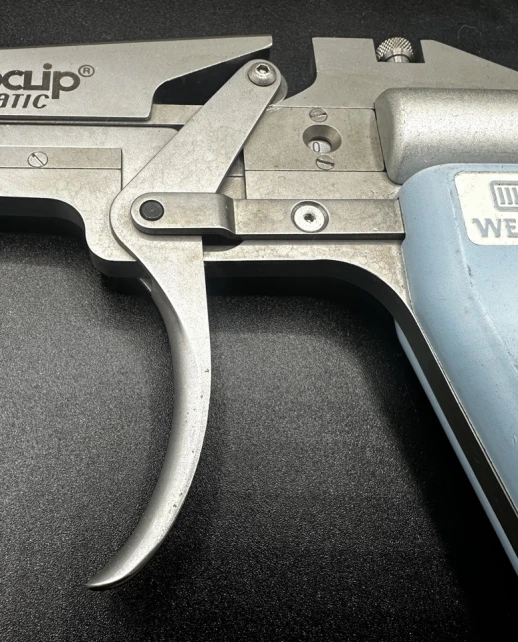COLLECTION
View allLIBRARY
View all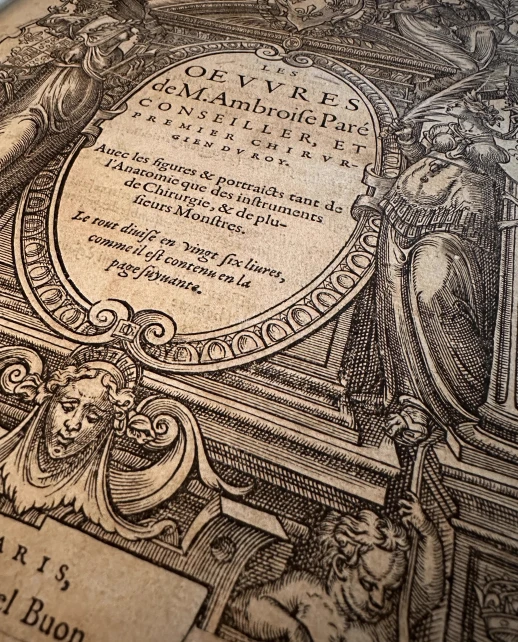 Les Œuvres de M. Ambroise Paré, conseiller et premier chirurgien du Roy, 1st edition, 1575
Les Œuvres de M. Ambroise Paré, conseiller et premier chirurgien du Roy, 1st edition, 1575
France , 1575
Paré, Ambroise
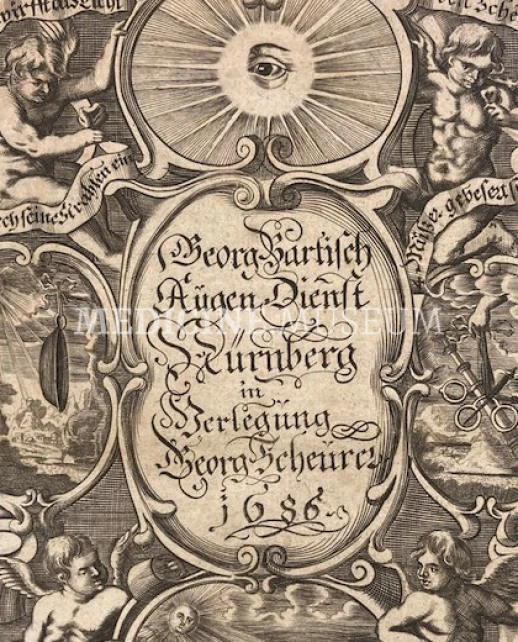 Augen-Dienst: Oder Kurtz und deutlich verfasster Bericht von allen... (Ophthalmology by Bartisch)
Augen-Dienst: Oder Kurtz und deutlich verfasster Bericht von allen... (Ophthalmology by Bartisch)
Germany , 1686
Bartisch, Georg
 Chirurgie, in welcher alles, was zur Wundarzney (Surgery, in which everything that belongs to...)
Chirurgie, in welcher alles, was zur Wundarzney (Surgery, in which everything that belongs to...)
Germany , 1763
Heister, Lorenz
 Cours d'opérations de chirurgie démontrées au Jardin Royal par M Dionis... in 2 Vol.
Cours d'opérations de chirurgie démontrées au Jardin Royal par M Dionis... in 2 Vol.
France , 1773
La Faye, Georg de
GALLERY
View allPEOPLE
View allFIRMS
View allMUSEUMS
View allNEWS
View all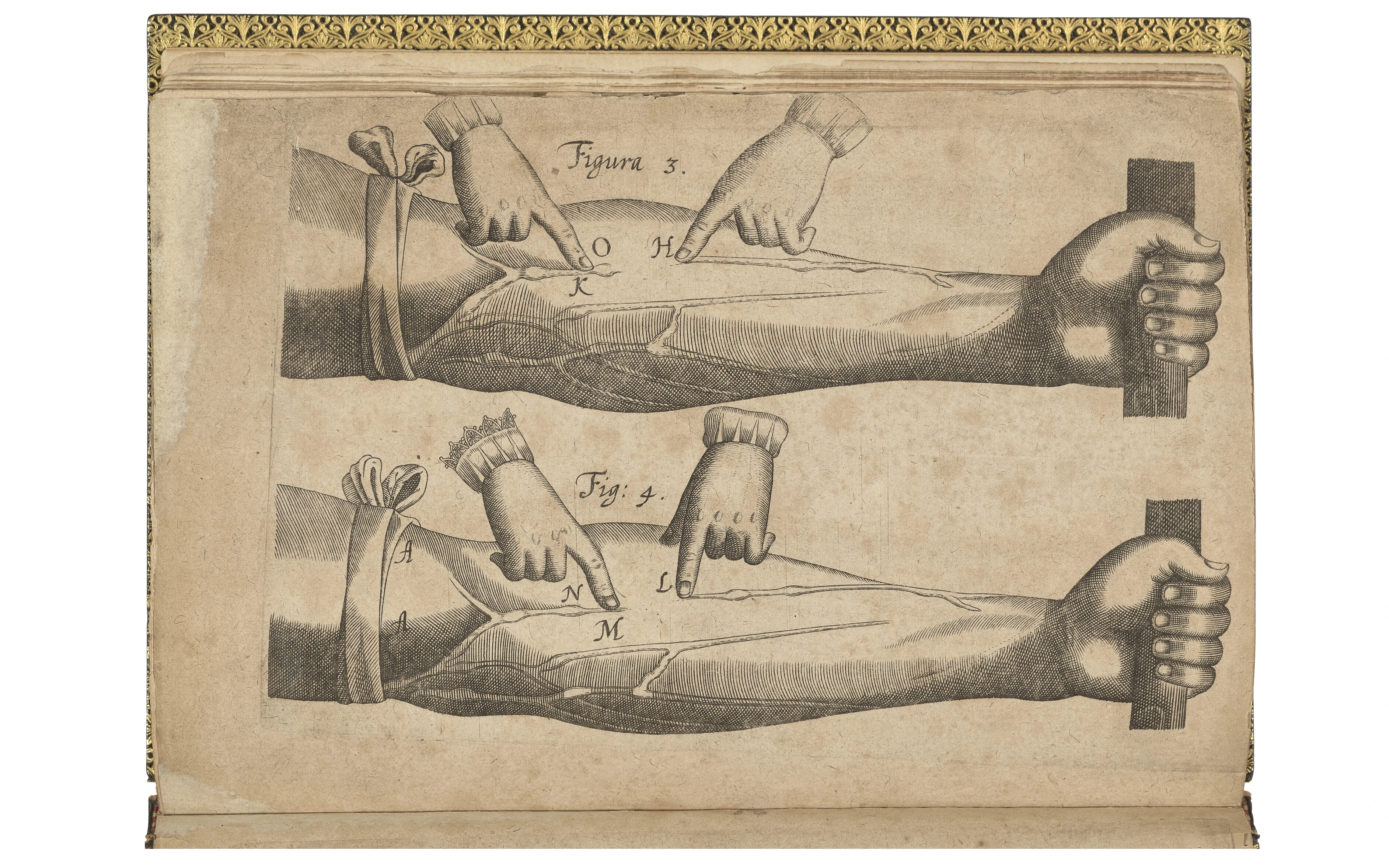
Christie’s will auction 100 treasures from the Royal Society of Medicine library on December 10, with proceeds funding RSM’s future. Highlights include William Harvey’s 1628 landmark on blood circulation, James Parkinson’s 1817 first edition on the “shaking palsy,” and Edward Jenner’s vaccine letters, alongside rare manuscripts, Books of Hours, and ornithological masterpieces.
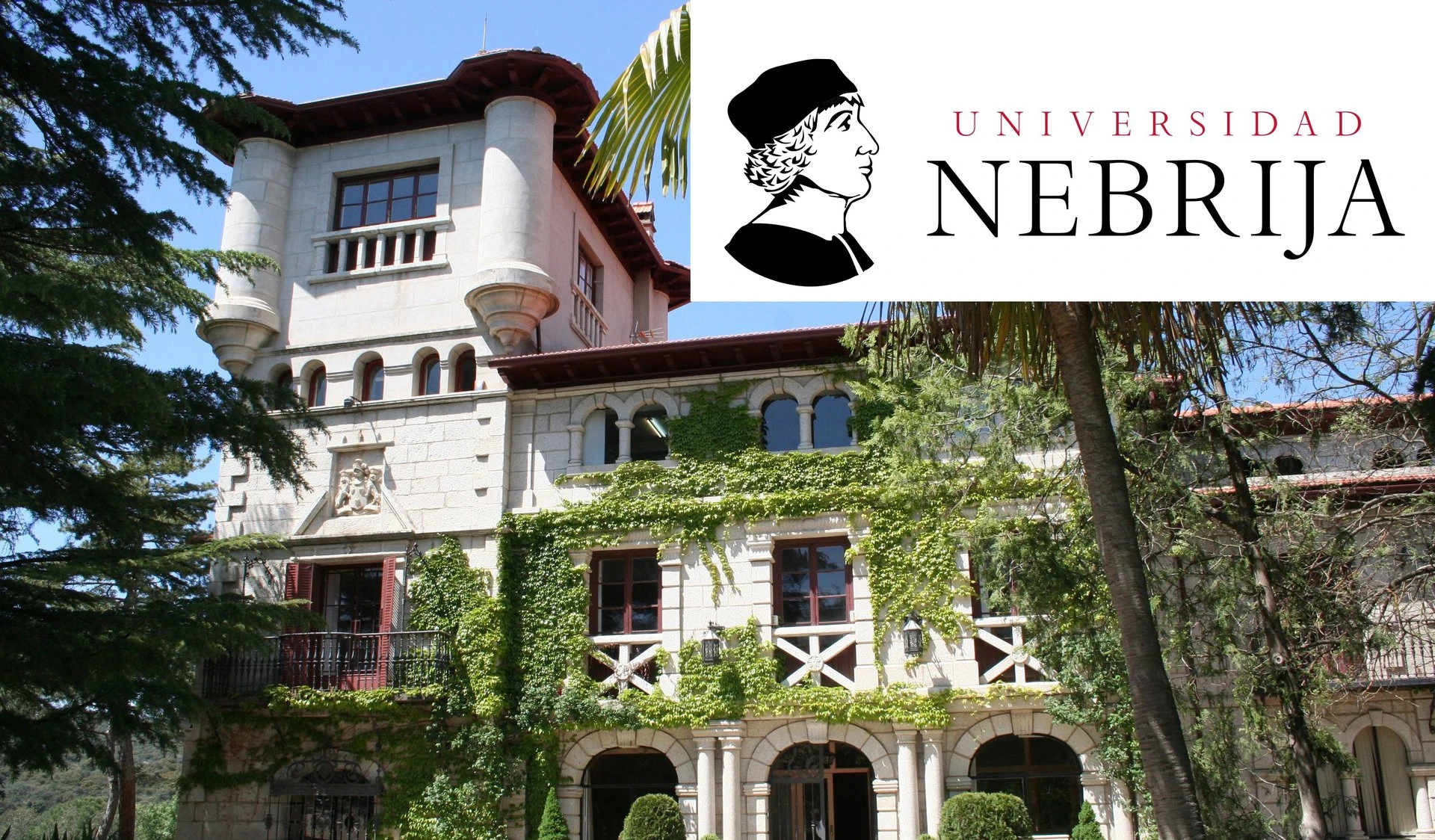
The 12th Meeting of the International Society for the History of Medicine will be held from October 15–17, 2025, at Nebrija University in Madrid. Organized in collaboration with the Francisco Vallés Institute of Clinical Ethics, the event focuses on "Diversity and Intercultural Dialogue" in medical history. Key topics include Christian, Arab/Islamic, and Jewish medical traditions, bioethics, nursing, and the evolution of medical specialties. Abstract submissions are open until July 31, 2025, with presentations limited to 12 minutes. The conference will be conducted in English, French, and Spanish, with simultaneous subtitled translation available.
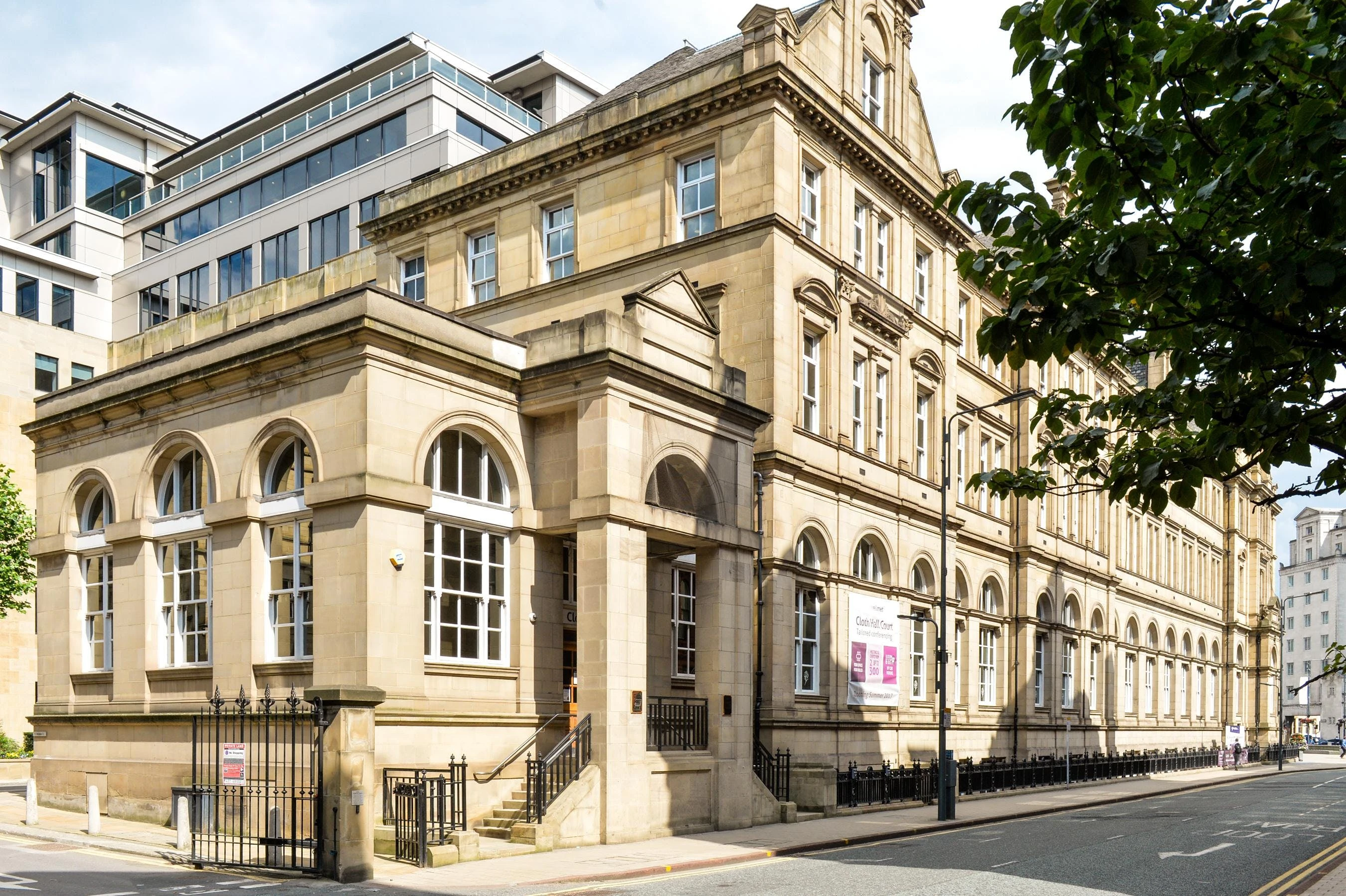
The British Society for the History of Medicine (BSHM) invites you to its 31st Congress, exploring the history of medicine and healthcare, from 10–13 September 2025 at the Cloth Hall Court, University of Leeds, UK. Main topics: Herbs, Potions & Magic Bullets – From remedies to biotech; Disability & Rehabilitation – Changing perceptions & care; Medical Learning – Education & research history.
NEW ITEMS
View allMEDICAL ARTICLES
View all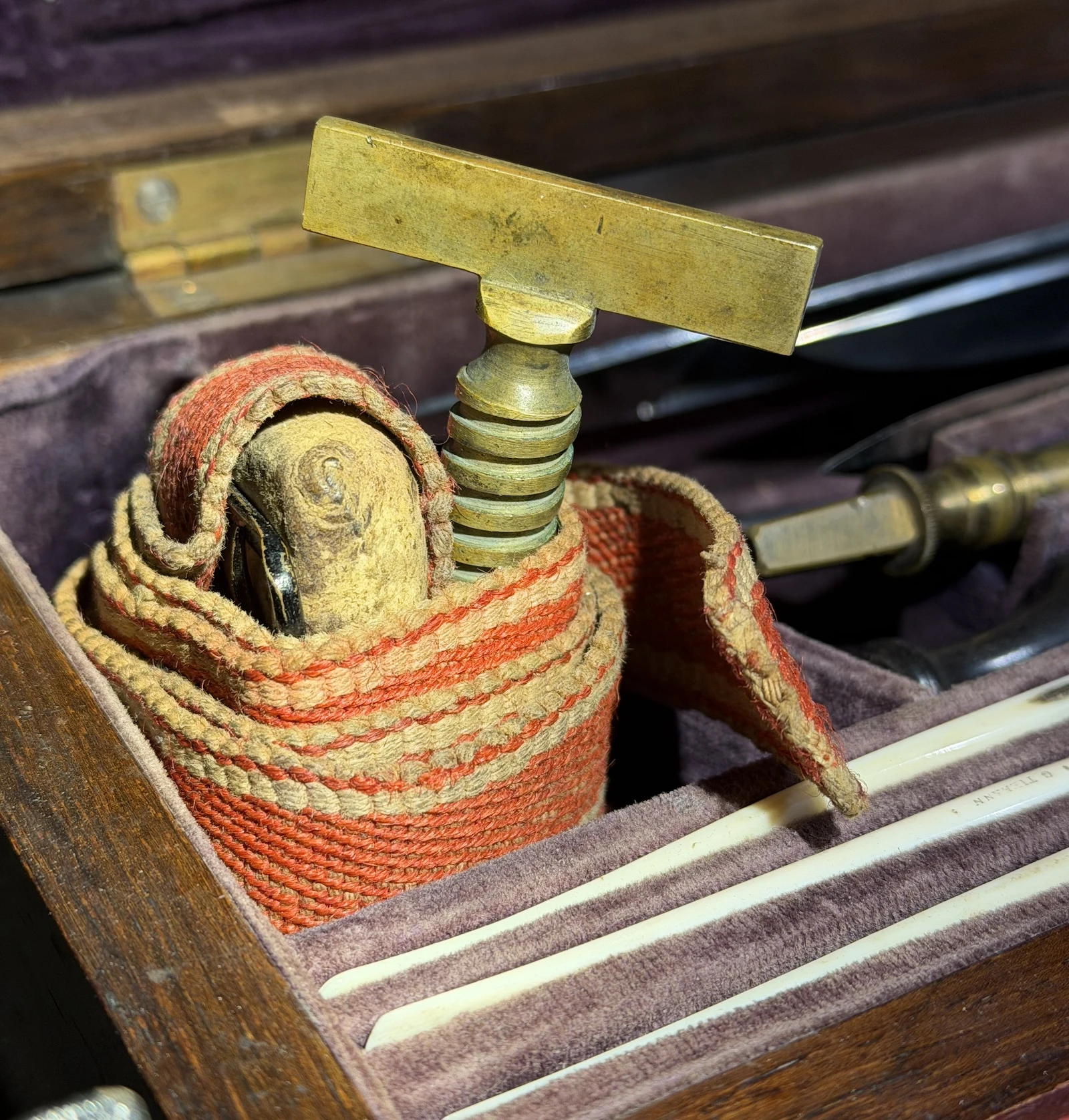
The tourniquet is considered by many to be one of the most significant inventions in the history of surgery, having saved millions of soldiers and trauma victims. The earliest documented methods of blood control emerged in ancient India, as evidenced by Sushruta's ligatures, and referenced by Roman medici for vessel tying and cauterisation, in addition to external limb binding. Medieval and Renaissance barber-surgeons utilised tight bands, and in the 18th century, Jean-Louis Petit developed the screw tourniquet. The evolution of emergency care has been characterised by significant developments, with innovations ranging from Esmarch's elastic bandage to modern C-A-T devices.
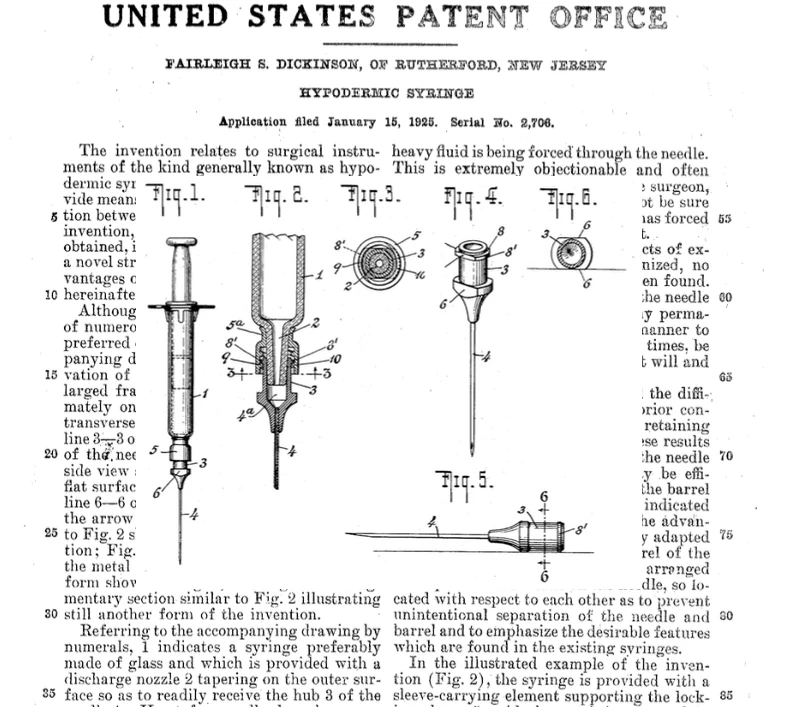
Becton & Dickinson invented the world-known standard for connecting needles to syringes and registered it under the trademark name 'Luer-Lok'. Why did the American company name their innovation after the French company Maison Lüer? Here is the story behind one of the most practical inventions in the field of medicine.
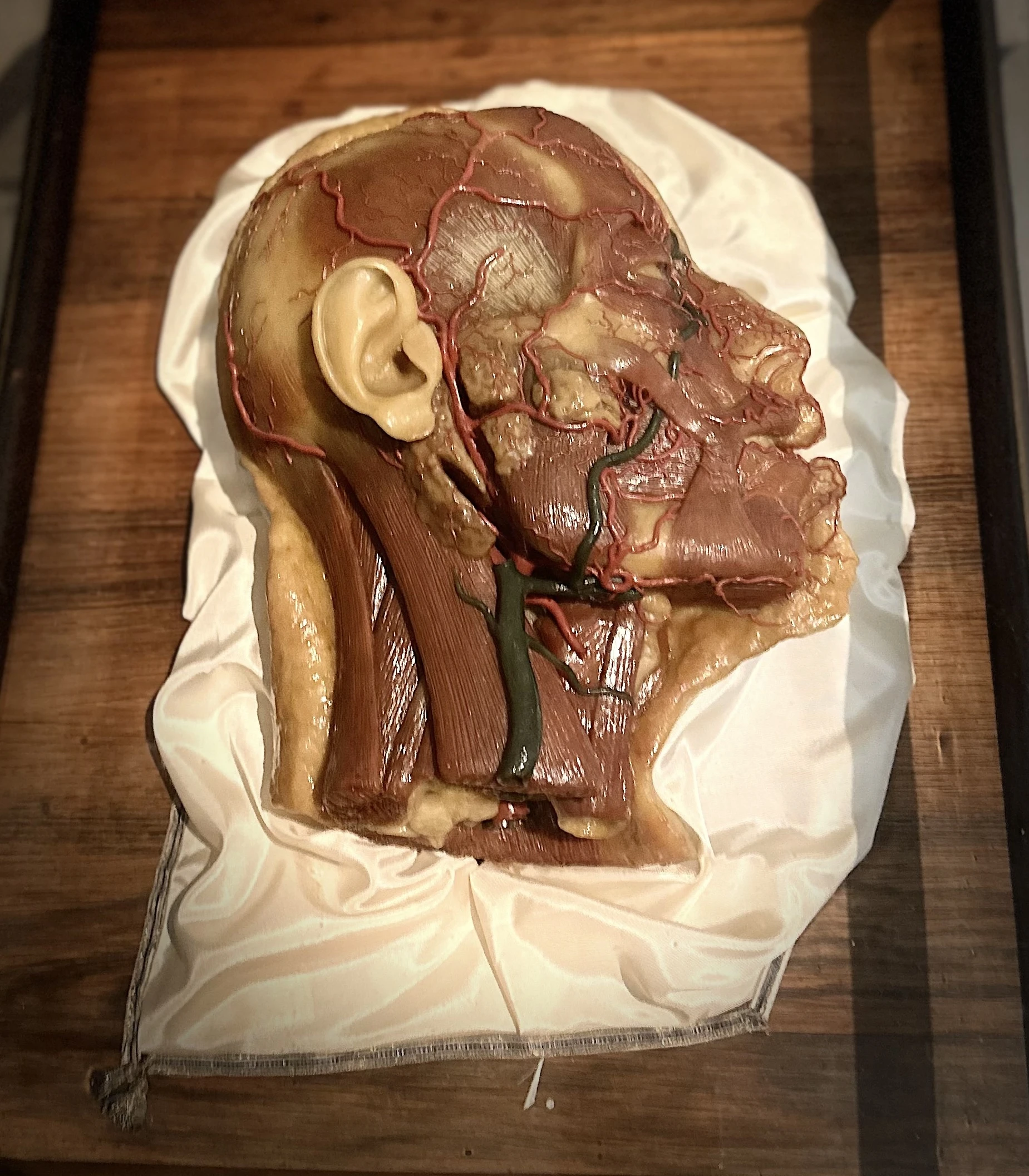
Wax anatomical models designed to train physicians and educate the public were once innovative educational teaching aids. Some world-class museums including La Specola in Pisa, Josephinum in Vienna, Palazzo Poggi in Bologna, Science Museum in London, Semmelweis Museum in Budapest, Muséum national d'Histoire naturelle in Paris are proud of their collections. This amazing craft, combining art and science, anatomy and chemistry, practical skill and theoretical knowledge, which stood at the forefront of innovation in the 17th and 18th centuries, originated and flourished in Northern Italy
EXHIBIT WITH US
Are you museum curator or enthusiastic collector?
Would you like your collection to be presented here, at «medicine.museum»? It is easy and free of charge.
Get in touch and exhibit with us.
